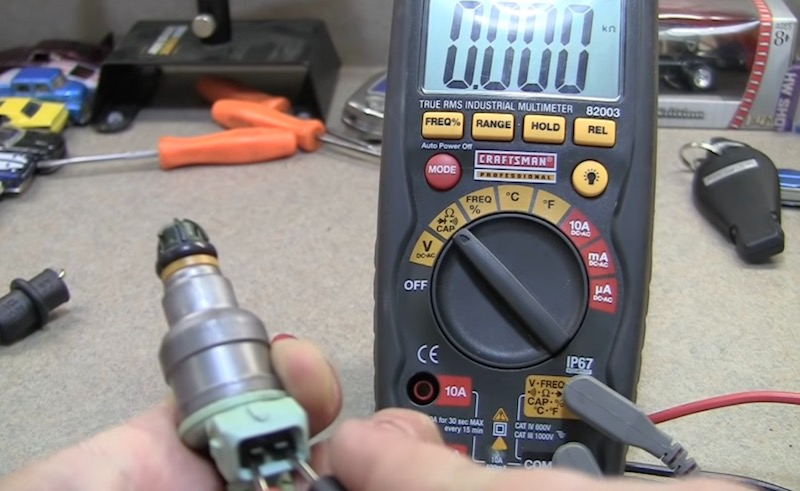If you're shopping for replacement fuel injectors, you've probably noticed that there are two types of impedance ratings - high-impedance and low-impedance. The fuel injector's impedance relates to the electric current used - i.e. the amperage and resistance used by the injector to deliver fuel to the combustion chambers.
Most OEM engines use high-impedance fuel injectors, but it's important to know the difference. Using the wrong kind of fuel injectors will lead to performance issues and could cause problems with your vehicle's ECU and other engine management electronics.
With that in mind, let's look at the differences in fuel injector impedance and its application.

